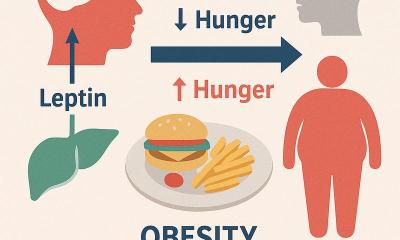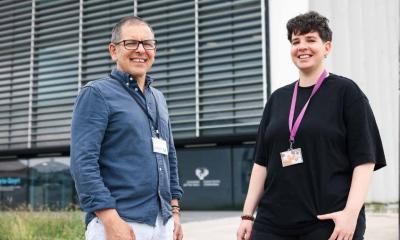The world’s largest foot ulcer study
Magdalena Annersten Gershater at Malmö University, Sweden, has carried out the world’s largest diabetic foot ulcer study, involving 2,480 patients, to ascertain what factors are related to whether diabetic foot ulcers heal with or without amputation. ‘People who have had diabetes for a long time often develop poor blood circulation in their legs, which hampers healing,’ she explains, adding that the study also shows that age as such is not a risk factor.
‘The study also shows that deep infections, the sore, male gender, and other disease all increase the risk of amputation.’ In terms of healing, she said, ‘65 percent of the patients healed without amputation. What was decisive for the ulcer to heal was that the sore is superficial, that the patient has not had diabetes for long and that blood circulation is normal.’ Toes or front of the foot amputation resolved 9% cases, while 8% underwent leg amputation.
20.12.2011











